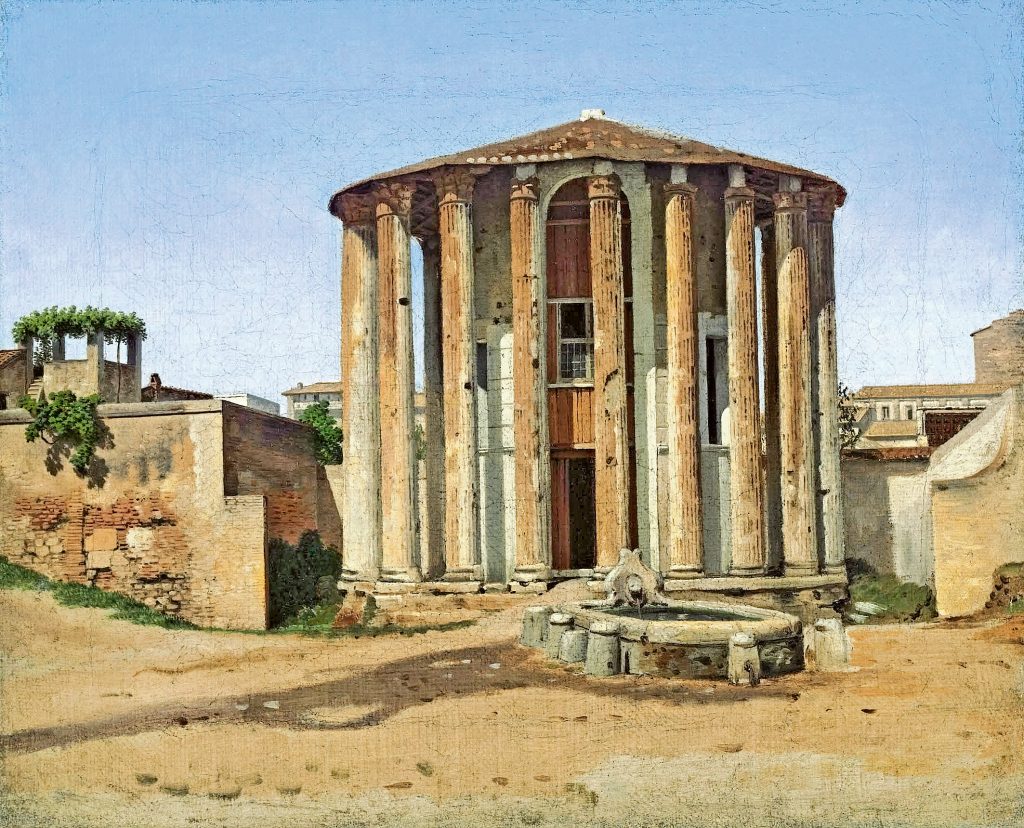"This is an instruction book." - Oliver Senior How to Draw Hands
Prose is language taken for granted. It assumes that the reader is capable of understanding what the writer has to say. It deploys concepts; it does not invent them. “Great prose,” said Maurice Merleau-Ponty, “is the art of capturing a meaning which until then had never been objectified and of rendering it accessible to everyone who speaks the same language.” But this, of course, requires the writer for the most part to use resources that are already accessible to the reader, and, in any case, most of us are not “great” prose writers. We’re just making do with what we’ve been given; we refer to familiar things in familiar ways. In our prose, we take the world of objects for granted and draw attention to the things that interest us. We expect the reader to get our meaning.
Oliver Senior takes a similar approach in his wonderful little manual, How to Draw Hands. “It assumes,” he tells us, “that the difficulty encountered by the student is that of representation by drawing of a familiar yet highly complex piece of physical mechanism.” We all know a hand when we see one — the “back of my own hand” is the epitome of familiar things — and yet drawing one is, as Senior reminds us, notoriously difficult. While a drawing takes perception, if you will, for granted, representing a three-dimensional hand on a two-dimensional surface using lines and shading is by no means easy. It can be done well and badly. And we can get better at it.
Already on the first page, Senior delivers one of my favorite long sentences in the English language. (For a long sentence to be truly good its length must not merely be handled masterfully but must itself serve a purpose. I’ll let you decide whether it’s as good as I think it is.)
If, however, the artist finds himself constrained, by any consideration of expression, treatment or style, or by his deference to the peculiar nature and limitations of his tools and materials, to adopt or invent a convention or a symbol and to substitute the semblance of a bunch of bananas or a bent fork for a representation of the human hand, then the particular problem dealt with in this book does not arise; and its author here maintains a respectful silence in the presence of matters beyond its scope. (P. 7)
If you’re an academic writer, this should immediately strike a chord. How often are we not tempted to put the literary equivalent of a bent fork or a bunch of bananas — a polysyllabic bit of jargon — in the place of clear description of the object or situation that we’re really talking about? This is rarely because the technical term is more precise; it is simply because it seems adequate, and of course easier, at the time. Sure, it looks like a bunch of badly drawn bananas, but “everyone knows” we mean it to be a hand.
This recourse to convention and symbol is, in fact, a highly “prosaic” move. It takes the imagination of the viewer for granted, as it should, and is therefore not in itself illegitimate. In our writing, we constantly have to decide whether to provide a detailed description of something or to invoke a conventional symbol for the same thing. Sometimes the details matter (the hands, even the fingers, are doing something very specific that must be shown). But do remember that, even when the details don’t matter, a good description is sometimes better than an abstract symbol. Even if you want to say only that watchmaking is intricate work, you might want describe the watchmaker actually assembling a mechanism. Your meaning may be no less accessible to the reader and the image will be clearer.
There’s no simple rule to follow here. As Senior reminds us, “the better drawing is not the more elaborated attempt to reproduce the visual appearance of the subject, but that which is better informed” (pp. 7-8). “If a writer of prose knows enough about what he is writing about,” said Hemingway, “he may omit things that he knows and the reader, if the writer is writing truly enough, will have a feeling of those things as strongly as though the writer had stated them” (Death in the Afternoon, p. 183.) Good prose, let us say, takes the language for granted, not the reader’s patience. Next week, I’ll be seeing where these ideas can lead.
Image credit: Paul Cézanne, detail from Portrait of Ambroise Vollard (Source: Wikimedia.org)

